For Education Leaders
Get proven strategies and expert analysis from the host of the Learning Can't Wait podcast, delivered straight to your inbox.
Credit Recovery
Turn At-Risk Students into Graduates
- Self-paced, curriculum-aligned courses
- 1:1 support for IEPs & homelessness
- Fast, legitimate credit regain
Online Credit Recovery Programs: Academic Remediation

According to the National Center for Education Statistics, the national high school graduation rate is around 86%. However, this statistic masks a concerning reality: course failure remains a significant barrier for millions of students. For school administrators and district leaders, each student who falls behind represents not just a statistic, but a young person whose future opportunities may be limited by academic setbacks.
Traditional credit recovery models, summer school, after-hours programs, or repeated coursework, often fall short of modern educational challenges. These approaches are rigid, resource-intensive, and lack the personalized support necessary to address the root causes of academic failure. As districts face tightening budgets and staffing shortages, finding effective solutions has become increasingly difficult.
Online credit recovery programs have emerged as a flexible and effective solution for schools seeking to improve graduation rates through targeted academic remediation. These programs are comprehensive systems designed to identify learning gaps, provide personalized instruction, and get students back on track for success.
This guide helps school leaders understand, evaluate, and implement high-quality online credit recovery programs that support student learning and achievement. By focusing on programs with the right features and instructional approaches, you can transform credit recovery from a bureaucratic requirement into a tool for student success.
What is Online Credit Recovery?
Online credit recovery programs allow students who failed a course to retake it virtually and earn graduation credit. Unlike traditional remediation that requires repeating an entire course, high-quality high school credit recovery programs use technology for efficient and personalized learning.
Effective online credit recovery goes beyond simple course retakes. Comprehensive remediation services identify and address the specific concepts and skills that led to a student's initial failure, rather than offering a digital version of ineffective instruction. This approach recognizes that course failure often stems from specific knowledge gaps rather than a complete lack of understanding.
To clarify academic support services, it's important to distinguish between related but distinct educational interventions:
- Credit Recovery: Designed for students who have failed a course and need to earn the credit to meet graduation requirements.
- Remediation/Intervention: Broader support for students struggling with specific skills or concepts, which may be tied to a failed course.
- Initial Credit: Programs for students taking a course for the first time to meet graduation requirements. These programs are used for scheduling conflicts or courses not offered at their home school.
Benefits of Online Credit Recovery
Moving credit recovery online offers significant advantages over traditional in-person models, especially for districts facing resource constraints, staffing challenges, and diverse student needs.
Unmatched Flexibility for Students and Schools
Online credit recovery programs eliminate logistical barriers preventing students from completing traditional remediation. Students can access coursework anytime and anywhere with the internet, allowing them to work around job schedules, family responsibilities, or transportation limitations. This flexibility is valuable for older students with adult responsibilities that make traditional school hours challenging.
Virtual learning solutions for schools remove constraints of physical classroom space and scheduling conflicts. Administrators no longer need to find available classrooms, schedule after-school sessions, or hire summer school teachers. This flexibility allows year-round credit recovery opportunities instead of specific terms or summer sessions.
Personalized Learning Pathways
The most effective online credit recovery platforms leverage technology to create individualized learning experiences. These systems identify which standards and concepts a student has mastered and which need more instruction through pre-assessments and adaptive algorithms. This approach allows students to focus on the content they need to learn, rather than repeating material they already understand.
A flexible school curriculum enables students to progress at their own pace, spending more time on challenging concepts and moving quickly through familiar material. This personalization makes learning more efficient and engaging, increasing the likelihood of successful completion.
Access to More Courses and Expertise
Many schools struggle to offer comprehensive credit recovery options due to staffing limitations. Online programs solve this challenge by providing access to certified instructors across all subjects. This access is valuable for specialized or advanced courses where qualified teachers are scarce.
Through virtual learning solutions, districts can ensure students have recovery options for every graduation-required course, regardless of local teacher availability. This coverage eliminates gaps in recovery offerings and ensures equitable access to remediation opportunities.
Data-Driven Progress Monitoring
Digital platforms give administrators and teachers unprecedented visibility into student progress and engagement. Real-time dashboards show which students are participating, falling behind, and struggling with concepts.
This actionable data allows timely interventions when students struggle, rather than waiting for end-of-course failures. For district leaders focused on improving graduation rates, these analytics provide insights into system-wide patterns and program effectiveness, enabling continuous improvement of credit recovery strategies.
Why Live, Certified Teachers are the Heart of Effective Credit Recovery
In online education, software-based credit recovery options have proliferated. These automated platforms promise convenience and cost-efficiency, offering self-paced modules for independent student use. While the technology is sophisticated, these programs overlook a fundamental reality: students who have struggled with a course typically need more human support, not less.
A live, certified teacher brings immense value to the credit recovery process. Students who failed a course often have knowledge gaps that require expert explanation and re-teaching. A qualified instructor can recognize misconceptions in real-time, provide alternative explanations when needed, and adapt instruction to match a student's learning style. This responsiveness is the core of effective certified teacher credit recovery and cannot be replicated by advanced automated systems.
In online credit recovery programs, teachers do more than deliver content; they build relationships, provide motivation, and instill confidence in students with negative subject associations. For at-risk students, this connection can be the deciding factor between disengagement and success. Research from the American Institutes for Research shows that teacher quality is the most important school-based factor affecting student achievement, even in virtual environments.
When evaluating any credit recovery solution, the quality and accessibility of its instructional staff should be your primary consideration. Programs that minimize or eliminate the teacher's role may appear cost-effective initially, but they can lead to higher failure rates and repeated recovery attempts, ultimately costing more in financial resources and student opportunity.
A Checklist for School Leaders: Evaluating an Online Credit Recovery Partner
Now that we've established the "why" behind effective online credit recovery, let's focus on the "how." Choosing the right partner is critical for your program's success and your students' futures. Here are five key areas to scrutinize when evaluating potential providers.
1. Accreditation and State Standards Alignment
For credit recovery to fulfill graduation requirements, the courses must be recognized by post-secondary institutions and state education agencies. Look for providers with institutional accreditation from recognized bodies like Cognia, Middle States Association, or Western Association of Schools and Colleges. Also, evaluate whether the accredited online high school courses align with your state's academic standards.
Ask potential partners if their organization is fully accredited and if they can demonstrate how their curriculum aligns with our state standards. Has our state department of education reviewed and approved your courses? Without proper accreditation and alignment, students may complete recovery courses only to find the credits aren't accepted for graduation.
2. Curriculum Quality and Flexibility
A one-size-fits-all approach rarely works in education, especially for credit recovery. High-quality providers offer a flexible, customizable curriculum for schools that matches your district's needs, pacing guides, and scope-and-sequence documents.
When evaluating curriculum, ask: Can course content match our district's curriculum? Can we adjust pacing and due dates to align with our term schedule? Can we customize the assessments? Aligning online recovery courses with your regular curriculum ensures recovered credits represent the same rigor and content mastery as traditional courses.
3. Instructor Qualifications and Accessibility
This evaluation criterion is crucial, as it builds on our previous discussion about the importance of teachers. The qualifications, availability, and engagement level of instructors will determine your program's success.
Ask potential partners about their teaching staff. Are all instructors state-certified in their subjects? What is your process for hiring and evaluating teachers? Is instruction live or purely asynchronous? What is the student-to-teacher ratio? How quickly can students expect responses to questions? These inquiries will help you assess whether a provider offers genuine certified teacher credit recovery or merely oversees an automated system.
4. Comprehensive Support for All Learners
Students needing credit recovery often have diverse learning needs that contributed to their initial course failure. A premier partner must provide robust support for Students with Disabilities (SWD) and fulfill Individualized Education Program (IEP) requirements in the virtual environment.
To evaluate a provider's capacity to serve diverse learners, ask: How does your program accommodate students with IEPs or 504 plans? Are your teachers trained in differentiation strategies? Can you provide examples of modified instruction for students with learning disabilities? The answers will reveal whether a provider can deliver the equitable access and accommodations required by law and best practice.
5. Technology, Reporting, and Integration
Poor technology implementation can undermine even the best curriculum and teachers. The platform must be intuitive for students and staff, with clear reporting features that show student progress and engagement.
Technical questions to ask include: How user-friendly is your learning management system for students with limited tech skills? What reports are available to administrators for monitoring attendance, engagement, and academic progress? Can your system integrate with our Student Information System (SIS) for streamlined enrollment and grade reporting? A platform that creates technical frustration or administrative burdens will limit your program's effectiveness regardless of its academic quality.
Fullmind: Your Partner in Teacher-Led Online Credit Recovery
Finding a partner that meets all these criteria can be daunting. Fullmind was built to be that partner for districts nationwide, delivering on the key criteria essential for successful credit recovery. Our program centers on live, state-certified teachers who provide personalized instruction and support. We offer a flexible curriculum tailored to align with your district's standards and pacing, and comprehensive support for all learners, including full IEP fulfillment.
Fullmind's model places a live, certified educator at the center of the learning experience, unlike automated platforms that leave students to fend for themselves. This human-centered approach ensures students receive the support, motivation, and expert instruction to master content, not just click through it. Our mission is to provide the human connection that fosters understanding and helps improve graduation rates, solve staffing challenges, and ensure every student has a pathway to success.
Are you ready to provide your students with the support they deserve? Discover how Fullmind's teacher-led online credit recovery programs can be customized for your school or district's unique needs.
Conclusion
As schools face pressure to improve graduation rates and ensure all students reach their potential, the need for effective academic intervention grows. Online credit recovery programs offer a solution, providing flexibility, personalization, and expanded access to quality instruction.
As this guide emphasized, the presence of a live, qualified, and supportive teacher is the key differentiator between a program that checks a box and one that genuinely changes a student's trajectory. By choosing a partner focused on high-quality instruction and personalized support, you can transform credit recovery from a simple remedy into a genuine opportunity for student growth and long-term academic success.
For Education Leaders
Get proven strategies and expert analysis from the host of the Learning Can't Wait podcast, delivered straight to your inbox.
Let’s Work Together
We’ll review your application and get in touch!




.webp)

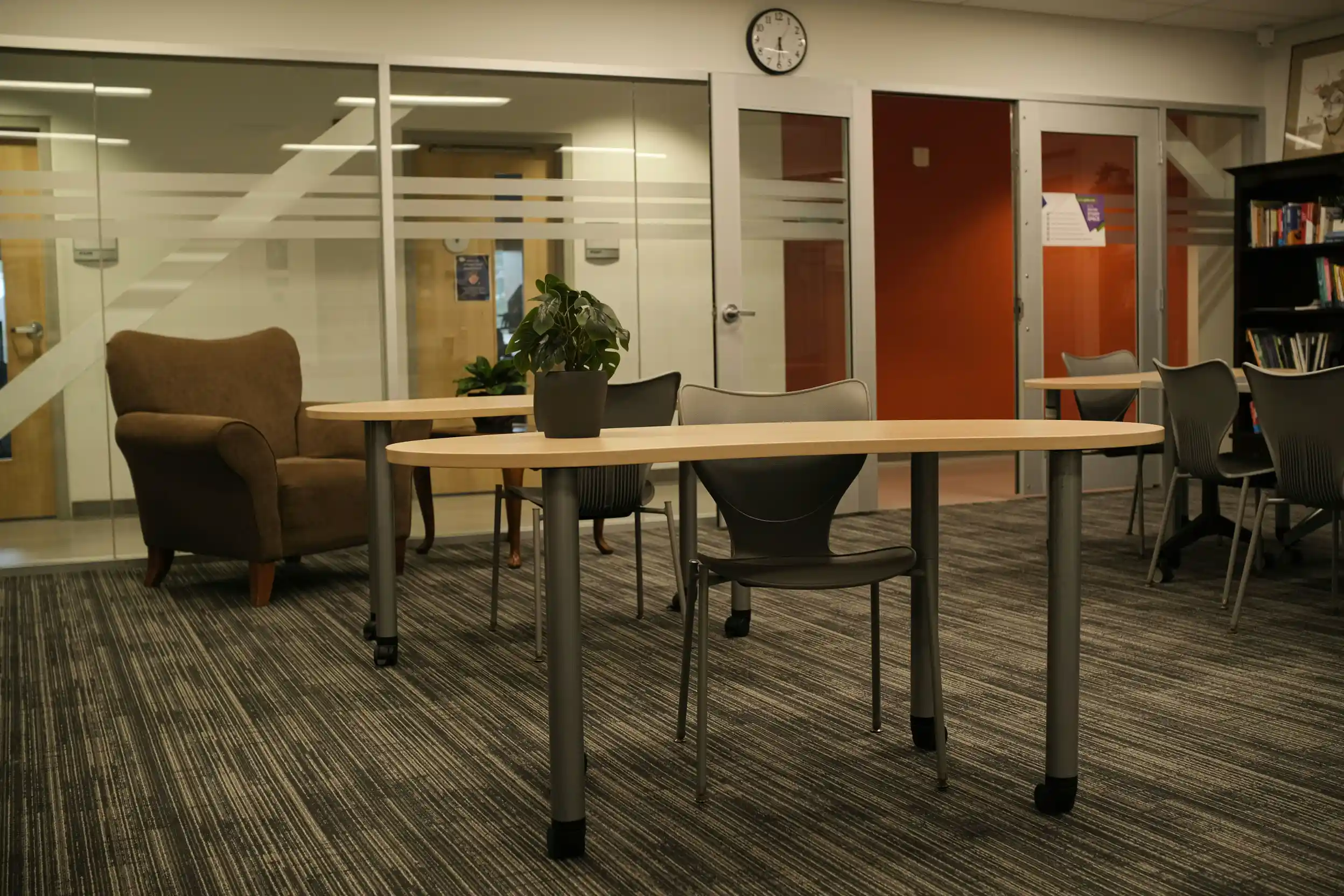
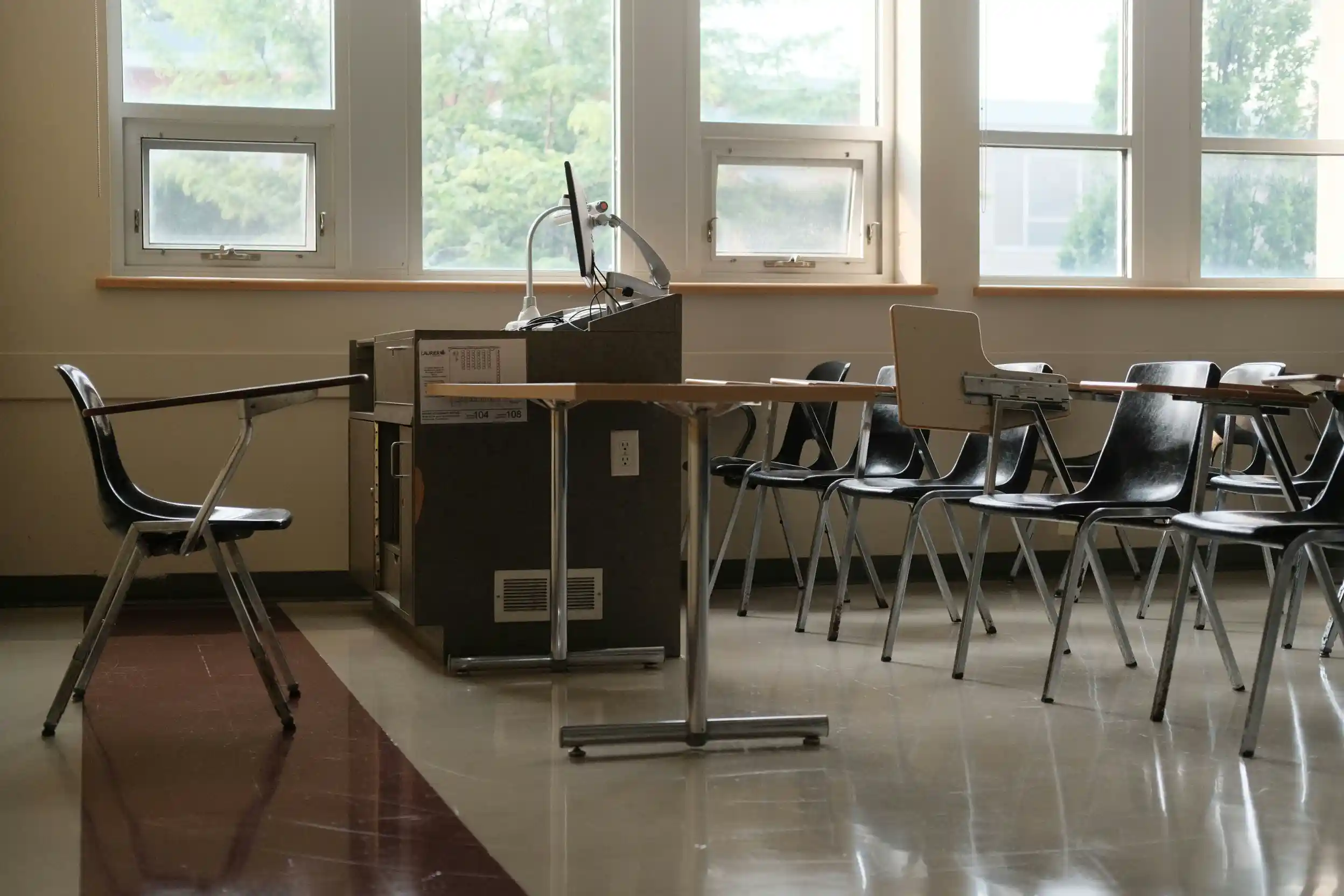










.webp)














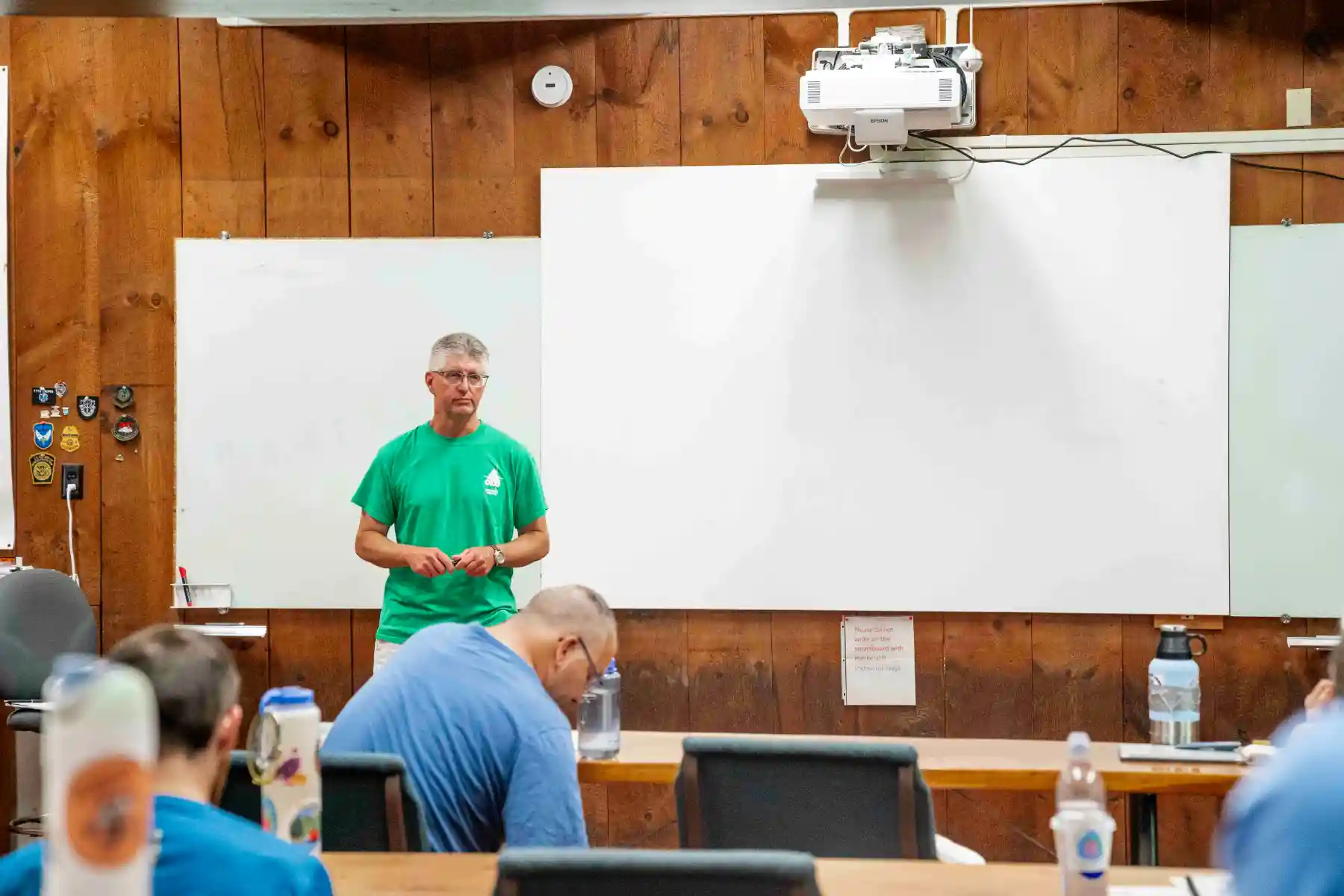











.webp)



%20.webp)



















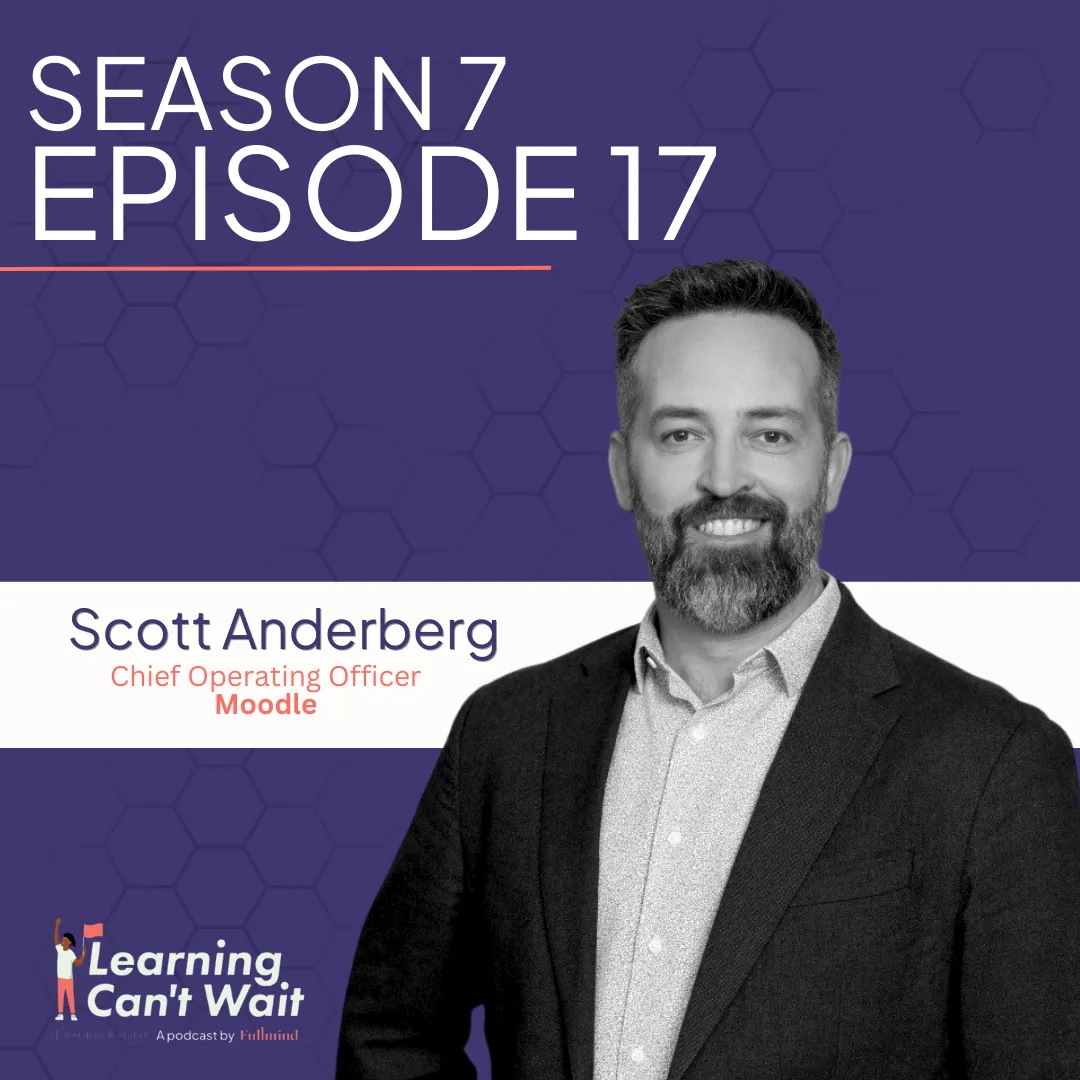

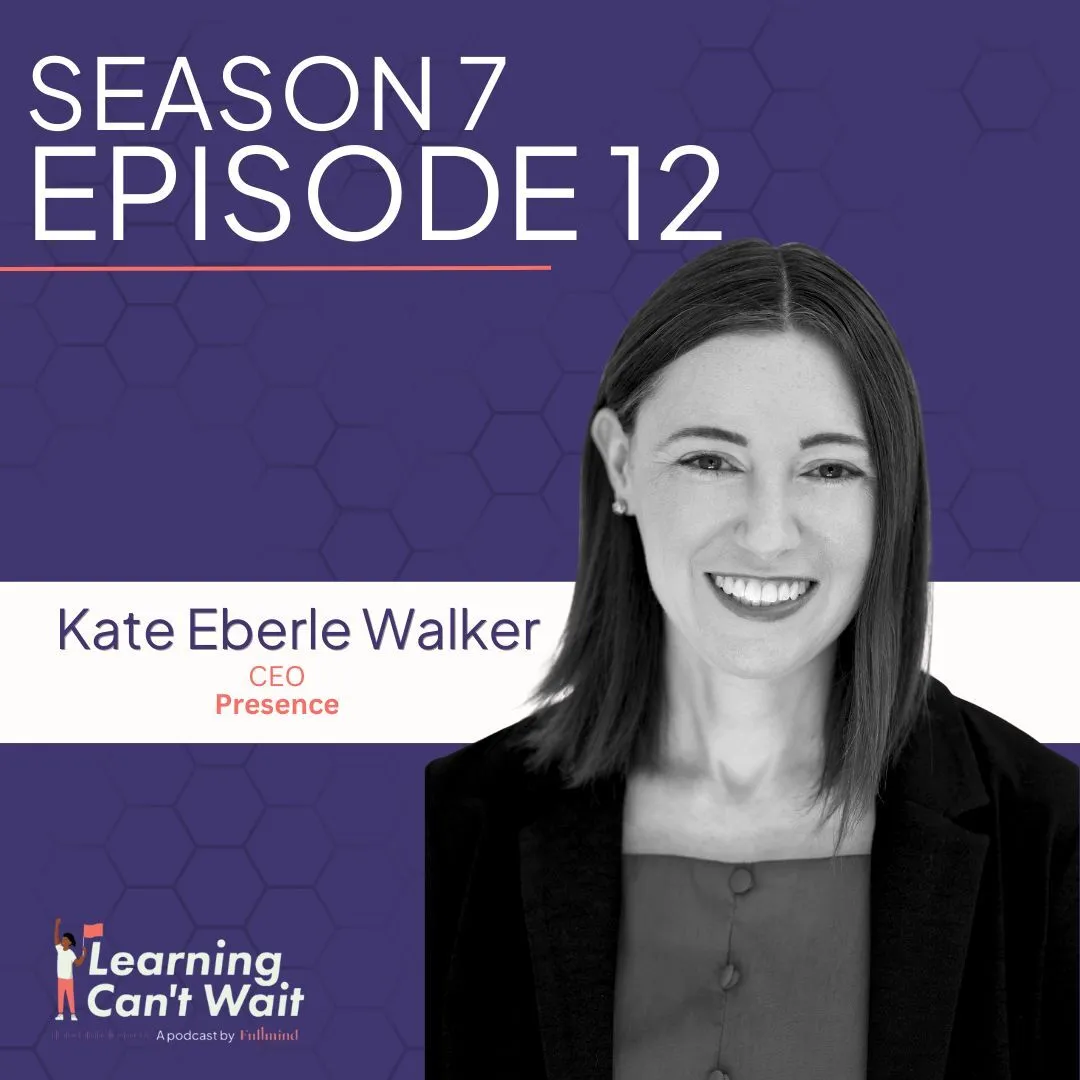
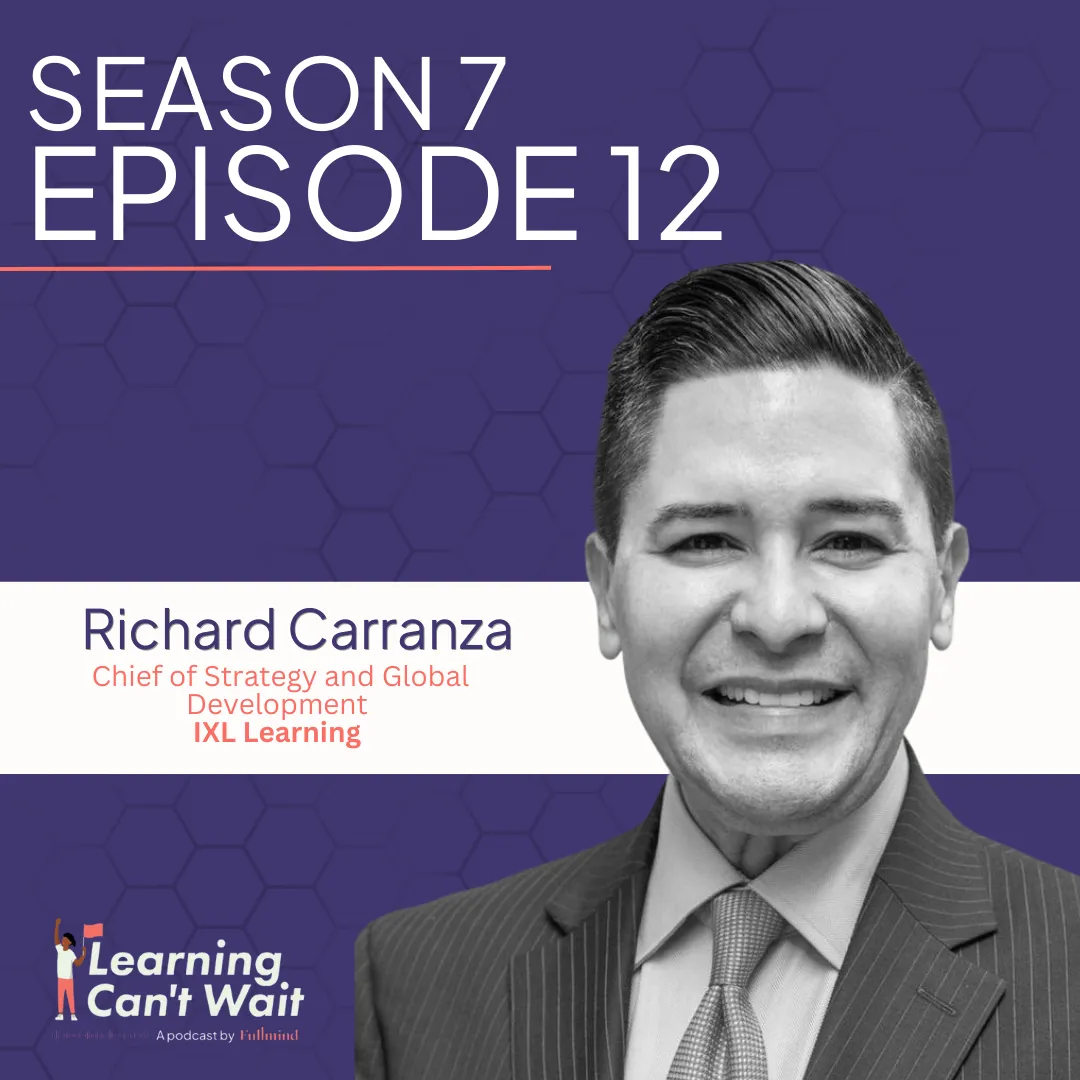

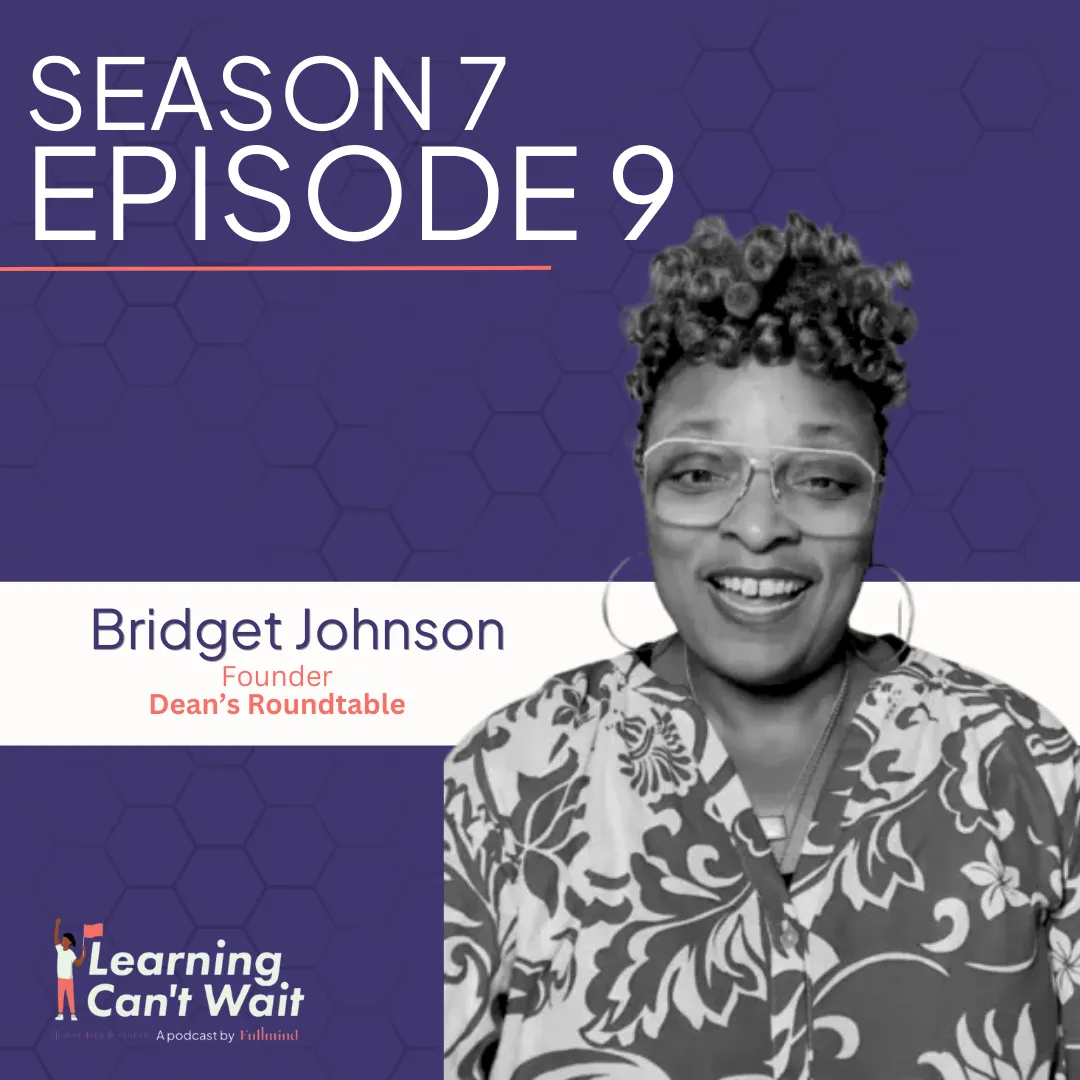





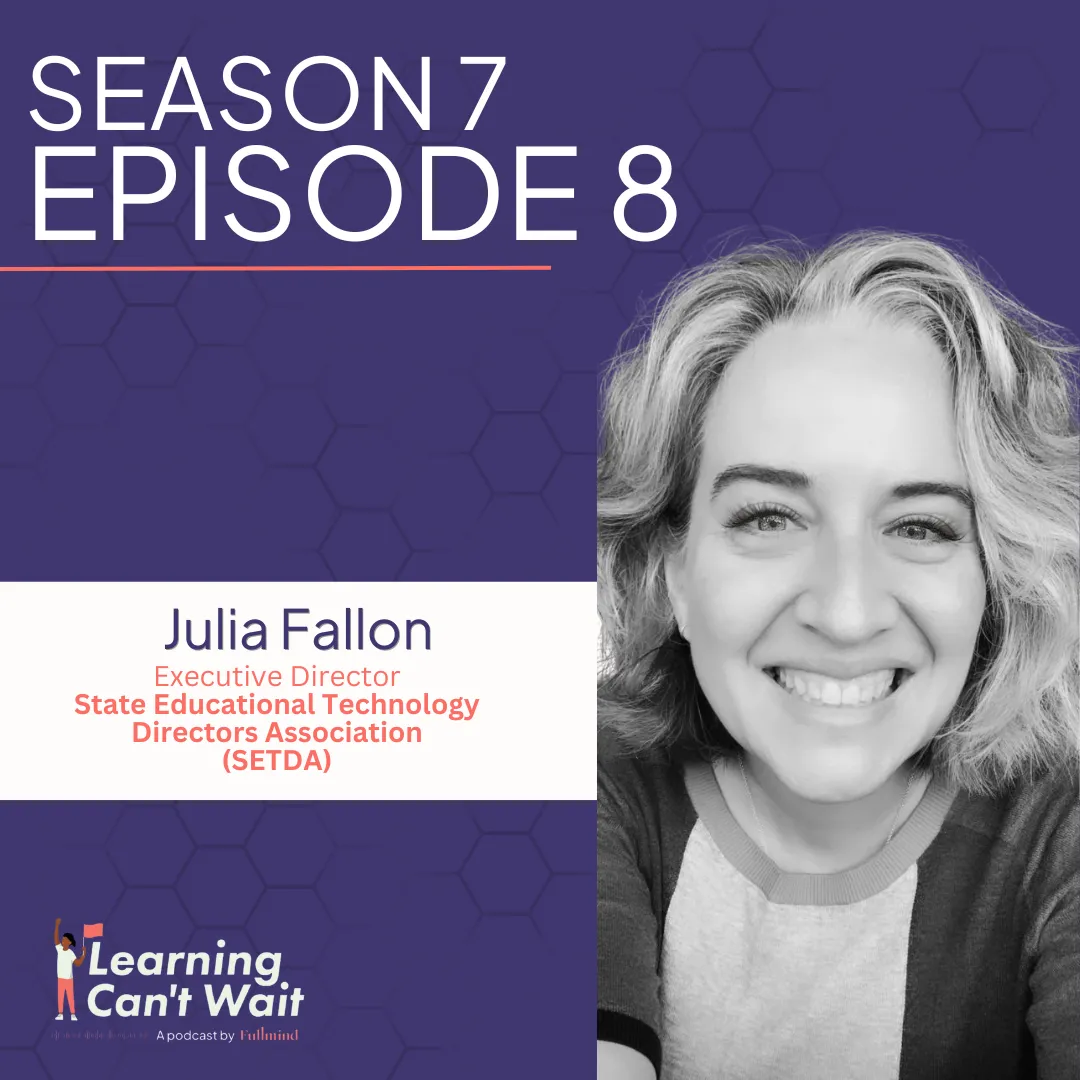




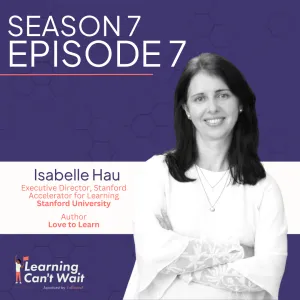

.webp)
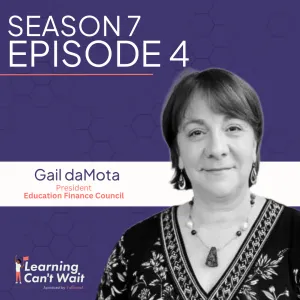

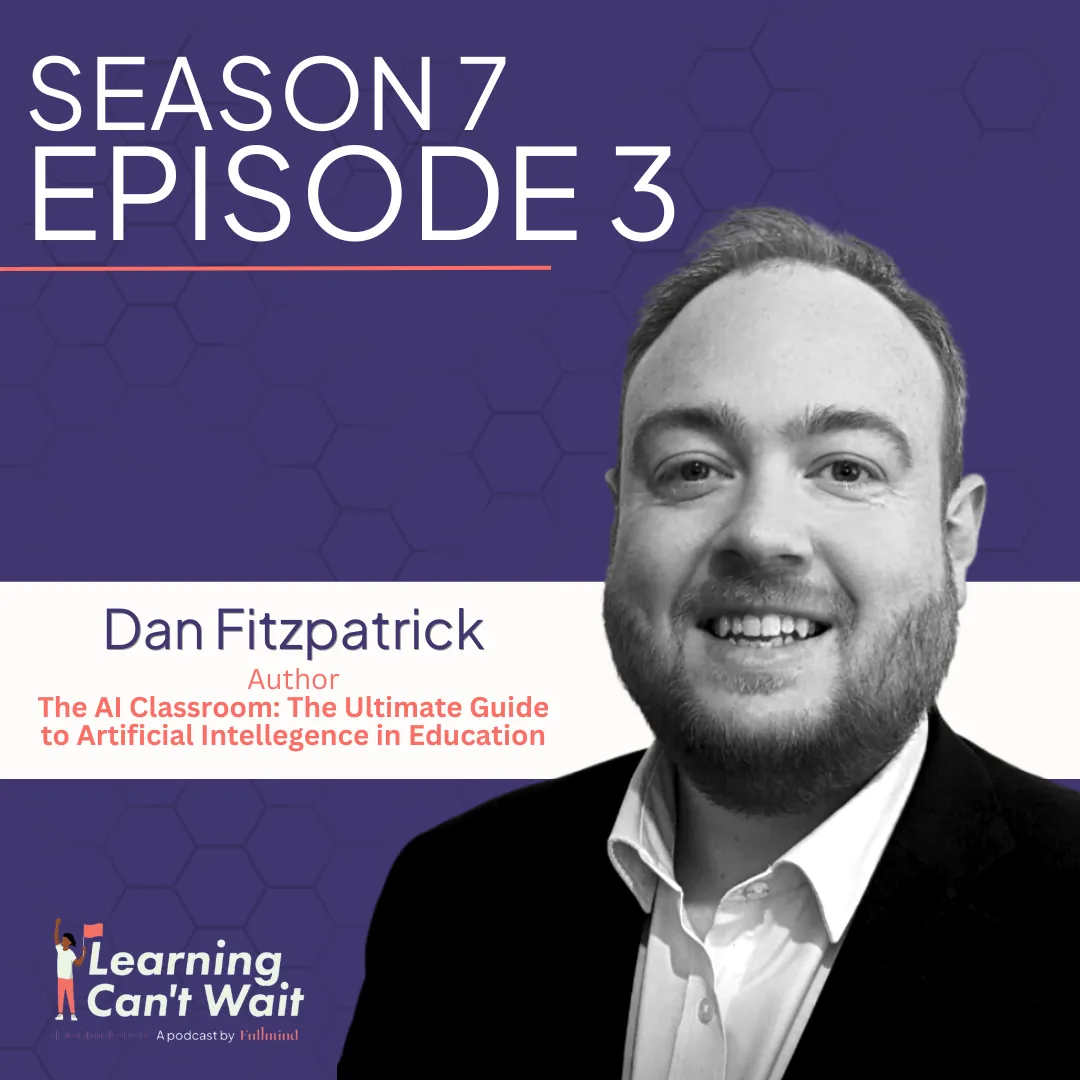
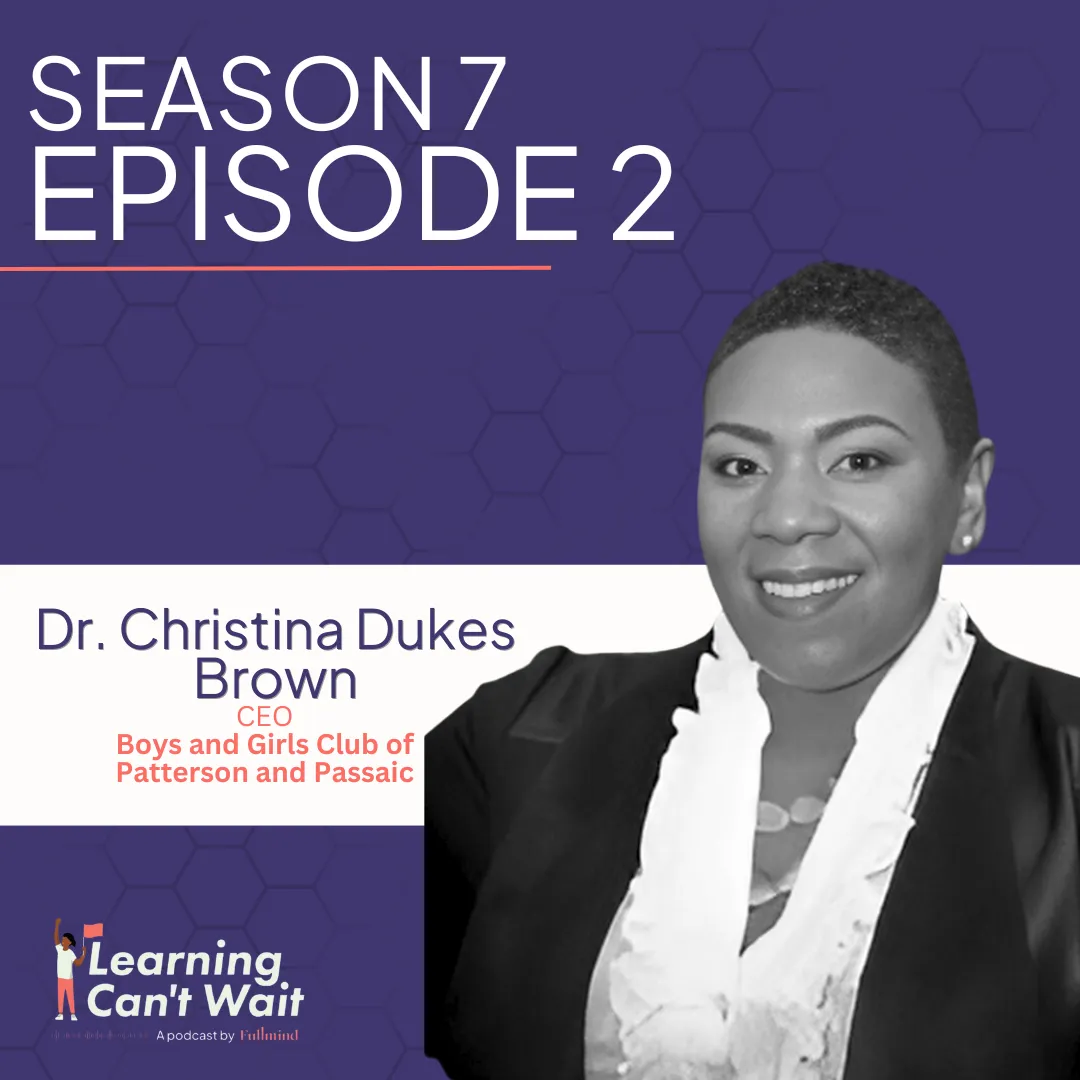
.webp)


.webp)


.webp)
